97-Year-Old Veteran Recounts Top Secret Aerial Battle Hidden From American Public for Decades
By Epoch Times Staff
Updated: October 4, 2022
In an aerial “dogfight” that made U.S. naval history, Korean War veteran Royce Williams from Escondido, California, beat out seven Russian fighter jets on his own through nearly impossible odds—although he was forbidden from discussing the battle for more than 40 years amid Cold War tension.
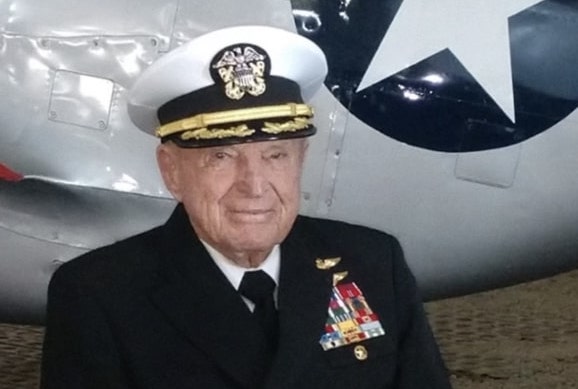
In an aerial “dogfight” that made U.S. naval history, Korean War veteran Royce Williams from Escondido, California, beat out seven Russian fighter jets on his own through nearly impossible odds—although he was forbidden from discussing the battle for more than 40 years amid Cold War tension.
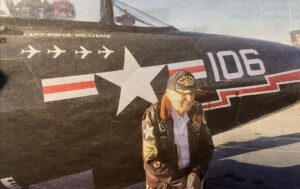
The year was 1952, in the midst of the Korean War. Williams was stationed near the 38th parallel—the demarcation point between North Korea and South Korea—not knowing a battle about to commence would forever make him a legend.
“Every pilot that meets [Williams] reveres him … he’s the ultimate top-gun legend,” veteran and friend Steve Lewandowski told The Epoch Times.
Williams’s prowess even caught the attention of producers from Tom Cruise’s “Top Gun” movie franchise, who consulted with Williams on his experiences to potentially add to their storyline, according to Lewandowski.
Nov. 18, 1952, began just like any other day for Williams. After being told that he was “unlikely” to face enemy aircraft in his flying space by his intelligence officer, Williams set out on his second air mission of the day.
Flying at an altitude of 12,000 feet above a thick cloud cover, Williams and his three accompanying pilots suddenly got a call from their air patrol unit about unknown incoming combat aircraft, or “bogeys.” Williams had never flown with his accompanying wingmen before, adding to the tension.
Suddenly, seven Soviet MiG-15 jets, one of the most advanced jet fighters of the time, appeared overhead, ready to launch an attack. However, rather than retreat, Williams ascended to 27,000 feet toward the bogeys.
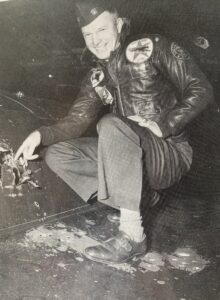
According to Williams and Lewandowski, the chances of a pilot making it out of an air fight against three enemy aircraft is extremely rare. With Williams facing seven that day, the odds were nearly impossible, Lewandowski said.
After charging his guns and checking his plane’s fighting systems, Williams was ready to go. It was then that the Soviet jets split up to close in on Williams from both sides. To make matters worse, Williams lost his radar connection with his combat information center at that same moment.
The next 35 minutes were filled with the most intense air battle of the young pilot’s life.
At his 10 o’clock position, four of the seven Soviet MiGs began firing at Williams. In a quick move, Williams locked onto their “tail end”—the back side of the plane that helps stabilize it—firing in short bursts. This forced one to quickly drop out of the formation, and one of Williams’s wingmen quickly followed.
Williams, who had been flying an F9F-5 Panther, was then instructed to not engage since the enemy aircraft were Soviet. However, since he was already engaged following their attack, any move by Williams to disengage would have led to him being endangered, he said.
“There wasn’t any way I could drop off because with their [jet] capability … no matter what I did, they’d be right on me,” Williams told The Epoch Times.
The Navy pilot remained at 26,000 feet at full throttle. The 35-minute fight that ensued turned out to be the longest air-to-air combat fight Williams had ever heard of, he said.
At this point, Williams’s three wingmen pursued the MiG he had shot out of formation, leaving him alone with the six remaining Soviet jets. Not only was he outnumbered, but Williams’s F9F-5 Panther was also outmatched technologically.
“The MiG-15 was the best fighter airplane in the world,” Williams said. “My airplane was not in the same realm with MiG. [The MiG] could go faster, had more power, could out-climb, out-turn, and out-dive my plane. … Plane on plane, I was at a distinct disadvantage.”
Williams later learned that his wingman never fired a shot during this time. Meanwhile, Williams was quickly running out of ammunition.
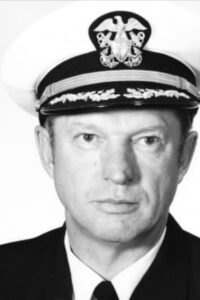
In an effort to divide and conquer, three of the four remaining MiGs that initially targeted Williams began to ascend upward “dramatically,” at a rate Williams couldn’t match. Doing his best to keep up, Williams attempted to shoot down the bogey that had lost his wingman, which Williams initially shot out of formation.
The other two planes that had ascended turned toward Williams. The first began firing, which the Navy pilot was able to deflect through short bursts of shots, forcing the MiG to break away.
In rapid succession, the MiG’s wingman then maneuvered toward Williams, shooting at him directly as Williams continually deflected him. Williams was able to fire from above him until the MiG was no longer a target.
By this point, the remaining bogeys had broken out of formation, taking turns firing at Williams. Through a combination of luck and skill, Williams was able to exploit mistakes made by the Soviets and came away with three confirmed kills, with a fourth probable that was later confirmed.
With his jet riddled with bullets and its hydraulics and rudder shot out, Williams was now also out of ammunition. Unable to do anything besides abruptly ascend and descend, he now faced one last MiG firing at him in quick succession.
Using his Panther’s last remaining capability, Williams steered the craft like an “elevator,” rapidly flying up and down in a squiggle-like formation to dodge the bullets, which he now saw flying over and under him as he continued to dodge. He then flew into the clouds, able to lose sight of the MiG.
At the same time, Williams was able to spot his task force for landing. However, the battle wasn’t over yet.
As he began to descend, the U.S. destroyers below him weren’t able to immediately identify Williams’s aircraft. At this time, the destroyer was “guns free,” meaning that it had the choice to shoot at any incoming aircraft that was unidentified.
With his jet already heavily damaged and Williams uncertain of his landing capability, he was now being shot at by his own task force. His commanding officer soon called off the destroyers from shooting at Williams any further.
In the midst of a blizzard with almost no landing capability, Williams faced the challenge of landing on the aircraft carrier or ditching into a freezing sea. Unable to fly below a certain speed without losing control of the aircraft, Williams couldn’t line the plane up with the ship.
Thankfully, the ship’s captain maneuvered it to line up with Williams, allowing him to land safely while saving him from having to drop out of his jet into the freezing water to await rescue. With the water temperature below freezing, Williams said he would have perished if not rescued within 15 to 20 minutes under this option.
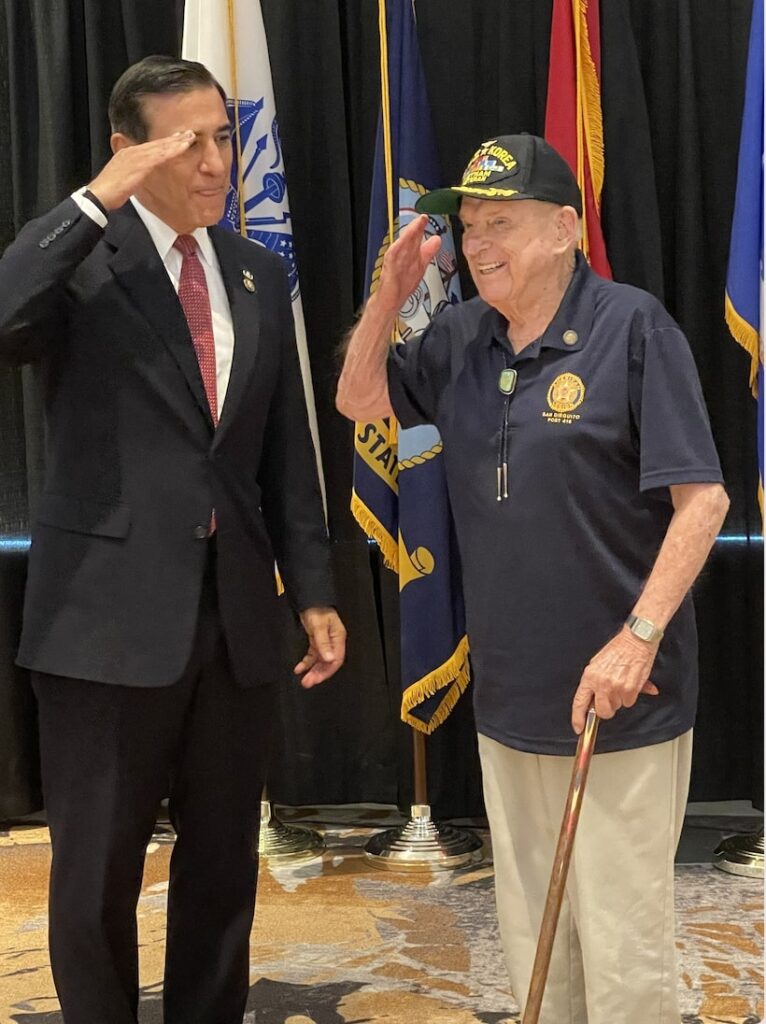
After experiencing one of his greatest Navy triumphs, Williams’s story quickly reached the White House. During the Cold War, U.S. engagement with Soviet aircraft was a nearly unprecedented event that, if it were revealed, might have led to direct fighting amid political tensions.
Facing the possibility of a third-world war if the news of his engagement with the Soviets came out, Williams was advised to not discuss the dogfight with anyone until the early 1990s, according to Williams. At the same time, the National Security Agency scrubbed all records of the battle from written records.
With news of his victory recently garnering national attention, the 97-year-old veteran is now on a campaign for the Medal of Honor—the nation’s highest and most prestigious military decoration that veterans can hope to attain.
Because the dogfight isn’t recorded in any official U.S. records, uncertainty remains as to whether Williams will be awarded the medal. But last month a bipartisan group of five members persuaded the House of Representatives to approve an amendment to the Defense Authorization Act that would award the medal to Williams.
Efforts are now being made to garner support in the Senate, with the Medal of Honor ceremony, if it occurs, set to take place on March 23, 2023.

The year was 1952, in the midst of the Korean War. Williams was stationed near the 38th parallel—the demarcation point between North Korea and South Korea—not knowing a battle about to commence would forever make him a legend.
“Every pilot that meets [Williams] reveres him … he’s the ultimate top-gun legend,” veteran and friend Steve Lewandowski told The Epoch Times.
Williams’s prowess even caught the attention of producers from Tom Cruise’s “Top Gun” movie franchise, who consulted with Williams on his experiences to potentially add to their storyline, according to Lewandowski.
Nov. 18, 1952, began just like any other day for Williams. After being told that he was “unlikely” to face enemy aircraft in his flying space by his intelligence officer, Williams set out on his second air mission of the day.
Flying at an altitude of 12,000 feet above a thick cloud cover, Williams and his three accompanying pilots suddenly got a call from their air patrol unit about unknown incoming combat aircraft, or “bogeys.” Williams had never flown with his accompanying wingmen before, adding to the tension.
Suddenly, seven Soviet MiG-15 jets, one of the most advanced jet fighters of the time, appeared overhead, ready to launch an attack. However, rather than retreat, Williams ascended to 27,000 feet toward the bogeys.
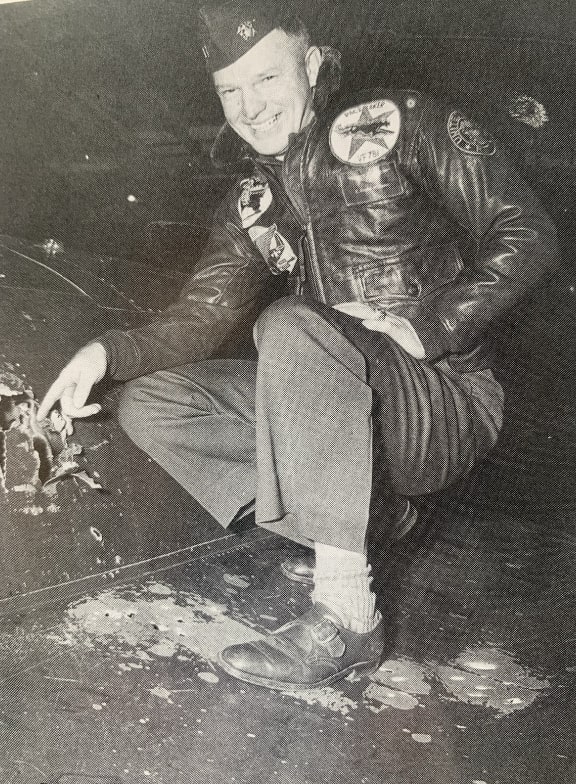
According to Williams and Lewandowski, the chances of a pilot making it out of an air fight against three enemy aircraft is extremely rare. With Williams facing seven that day, the odds were nearly impossible, Lewandowski said.
After charging his guns and checking his plane’s fighting systems, Williams was ready to go. It was then that the Soviet jets split up to close in on Williams from both sides. To make matters worse, Williams lost his radar connection with his combat information center at that same moment.
The next 35 minutes were filled with the most intense air battle of the young pilot’s life.
At his 10 o’clock position, four of the seven Soviet MiGs began firing at Williams. In a quick move, Williams locked onto their “tail end”—the back side of the plane that helps stabilize it—firing in short bursts. This forced one to quickly drop out of the formation, and one of Williams’s wingmen quickly followed.
Williams, who had been flying an F9F-5 Panther, was then instructed to not engage since the enemy aircraft were Soviet. However, since he was already engaged following their attack, any move by Williams to disengage would have led to him being endangered, he said.
“There wasn’t any way I could drop off because with their [jet] capability … no matter what I did, they’d be right on me,” Williams told The Epoch Times.
The Navy pilot remained at 26,000 feet at full throttle. The 35-minute fight that ensued turned out to be the longest air-to-air combat fight Williams had ever heard of, he said.
At this point, Williams’s three wingmen pursued the MiG he had shot out of formation, leaving him alone with the six remaining Soviet jets. Not only was he outnumbered, but Williams’s F9F-5 Panther was also outmatched technologically.
“The MiG-15 was the best fighter airplane in the world,” Williams said. “My airplane was not in the same realm with MiG. [The MiG] could go faster, had more power, could out-climb, out-turn, and out-dive my plane. … Plane on plane, I was at a distinct disadvantage.”
Williams later learned that his wingman never fired a shot during this time. Meanwhile, Williams was quickly running out of ammunition.

In an effort to divide and conquer, three of the four remaining MiGs that initially targeted Williams began to ascend upward “dramatically,” at a rate Williams couldn’t match. Doing his best to keep up, Williams attempted to shoot down the bogey that had lost his wingman, which Williams initially shot out of formation.
The other two planes that had ascended turned toward Williams. The first began firing, which the Navy pilot was able to deflect through short bursts of shots, forcing the MiG to break away.
In rapid succession, the MiG’s wingman then maneuvered toward Williams, shooting at him directly as Williams continually deflected him. Williams was able to fire from above him until the MiG was no longer a target.
By this point, the remaining bogeys had broken out of formation, taking turns firing at Williams. Through a combination of luck and skill, Williams was able to exploit mistakes made by the Soviets and came away with three confirmed kills, with a fourth probable that was later confirmed.
With his jet riddled with bullets and its hydraulics and rudder shot out, Williams was now also out of ammunition. Unable to do anything besides abruptly ascend and descend, he now faced one last MiG firing at him in quick succession.
Using his Panther’s last remaining capability, Williams steered the craft like an “elevator,” rapidly flying up and down in a squiggle-like formation to dodge the bullets, which he now saw flying over and under him as he continued to dodge. He then flew into the clouds, able to lose sight of the MiG.
At the same time, Williams was able to spot his task force for landing. However, the battle wasn’t over yet.
As he began to descend, the U.S. destroyers below him weren’t able to immediately identify Williams’s aircraft. At this time, the destroyer was “guns free,” meaning that it had the choice to shoot at any incoming aircraft that was unidentified.
With his jet already heavily damaged and Williams uncertain of his landing capability, he was now being shot at by his own task force. His commanding officer soon called off the destroyers from shooting at Williams any further.
In the midst of a blizzard with almost no landing capability, Williams faced the challenge of landing on the aircraft carrier or ditching into a freezing sea. Unable to fly below a certain speed without losing control of the aircraft, Williams couldn’t line the plane up with the ship.
Thankfully, the ship’s captain maneuvered it to line up with Williams, allowing him to land safely while saving him from having to drop out of his jet into the freezing water to await rescue. With the water temperature below freezing, Williams said he would have perished if not rescued within 15 to 20 minutes under this option.

After experiencing one of his greatest Navy triumphs, Williams’s story quickly reached the White House. During the Cold War, U.S. engagement with Soviet aircraft was a nearly unprecedented event that, if it were revealed, might have led to direct fighting amid political tensions.
Facing the possibility of a third-world war if the news of his engagement with the Soviets came out, Williams was advised to not discuss the dogfight with anyone until the early 1990s, according to Williams. At the same time, the National Security Agency scrubbed all records of the battle from written records.
With news of his victory recently garnering national attention, the 97-year-old veteran is now on a campaign for the Medal of Honor—the nation’s highest and most prestigious military decoration that veterans can hope to attain.
Because the dogfight isn’t recorded in any official U.S. records, uncertainty remains as to whether Williams will be awarded the medal. But last month a bipartisan group of five members persuaded the House of Representatives to approve an amendment to the Defense Authorization Act that would award the medal to Williams.
Efforts are now being made to garner support in the Senate, with the Medal of Honor ceremony, if it occurs, set to take place on March 23, 2023.

Jamie Joseph
Jamie is a California-based reporter covering issues in Los Angeles and state policies for The Epoch Times. In her free time, she enjoys reading nonfiction and thrillers, going to the beach, studying Christian theology, and writing poetry. You can always find Jamie writing breaking news with a cup of tea in hand.


